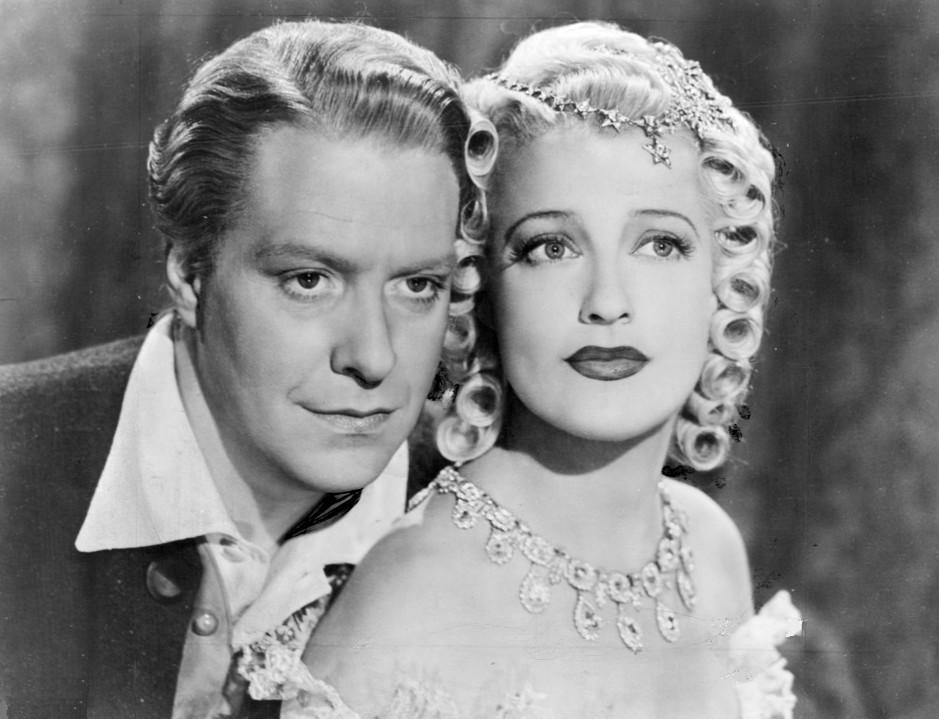When you think of classic film couples, what names come to mind? Tracy and Hepburn? Bogie and Bacall? MacDonald and Eddy? You probably aren’t familiar with the third couple, since Jeanette MacDonald and Nelson Eddy are no longer household names.
However, these musical stars, once dubbed “America’s Sweethearts,” “The Singing Sweethearts,” and “The King and Queen of Song,” were huge MGM musical stars from the mid-1930s through the early 1940s. Appearing in eight movies during that period, the Hollywood soprano and operatically trained baritone brought classical singing to the masses. If you aren’t familiar with these talented stars of yesteryear, consider exploring their unique filmography.





